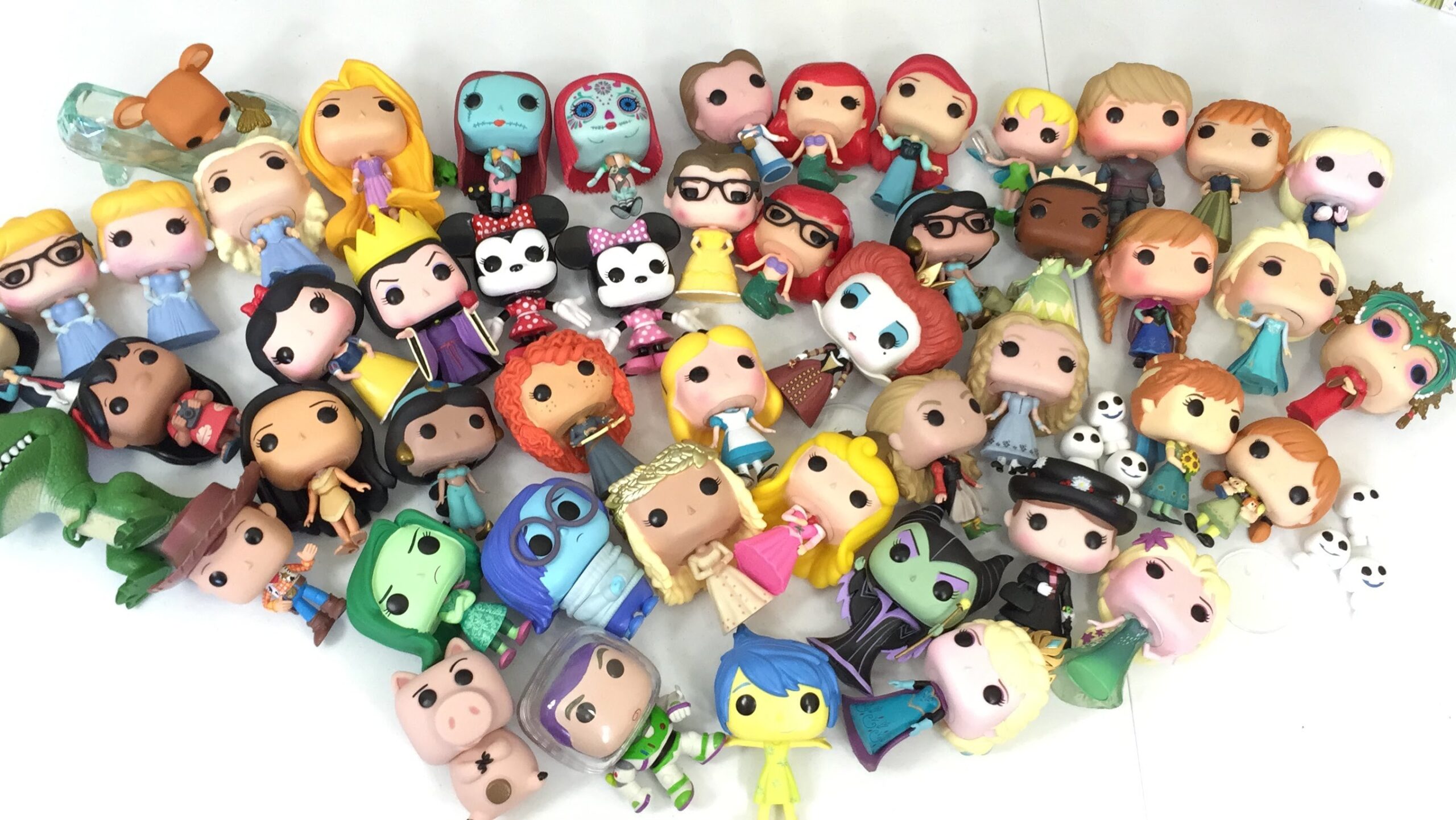How to Take Criticism Like a Pro

Mar 04 | 2019

Hearing criticism about your work — whether it’s the deck you put together for a presentation, how you ran a sales meeting or the way you interface with coworkers — is tough. It’s also impossible to avoid — and that’s not a bad thing.
“There is only one way to avoid criticism,” wrote Aristotle, is to “do nothing, say nothing, and be nothing.”
You are something. You are someone who is doing your best at work. Criticism is a sign that you’re actively engaged in the process of trying and improving. Sure, you’re thinking. But that doesn’t make it sting any less. So how can you handle criticism with the grace of Princess Diana? Some tips from the pros.
[shortcode-1-In-Article-Banner-728×60]
Focus on the other person
Surprising, right? According to Deb Bright, head of executive coaching firm Bright Enterprises, which counts Disney, GE, Morgan Stanley, and Marriott among its clients, and author of the book The Truth Doesn’t Have to Hurt: How to Use Criticism to Strengthen Relationships, Improve Performance, and Promote Change, the first job of anyone receiving criticism is to make the person giving it feel comfortable.
“Think about it,” Bright tells Fortune. “Most managers hate giving performance appraisals, because they dread how someone is going to react to anything negative. So they tend to rush through the discussion just to get it over with.”
By shifting your focus off yourself and onto your boss, you redirect your attention away from your emotional response. It’s an exciting kind of mental trick, to boot, in that it reminds you of your power in the situation.
“You are the one in control here,” Bright says. “How you respond will determine how the discussion goes, and how much or little you get out of it.”
Listen
“People often think they’re listening when in fact they are anticipating their response or explanation to the criticism,” career coach Ashley Stahl writes on Forbes. Jot down some notes while your manager is talking — the only thing worse than hearing negative feedback is hearing it twice.
Note the difference between fact and opinion:
A fact is quantitative: You missed your sales goal by $20,000. An opinion is qualitative and often vague: You don’t communicate well with your peers. As you listen, parse facts from opinions.
Don’t take it personally
Opinion, in particular, can be a reflection of the person giving it. Often, what we see in another person is a reflection of something that we are afraid to see in ourselves. This can become a kind of circular realization — your manager is reacting to you based on them, and you’re responding to your manager’s reaction to you based on you — oy vey! The point is to realize that there is a complex matrix of factors contributing to how we read and are read by others. Understanding that can help you take any opinion-based feedback less personally. What you’re hearing is not The Truth from On High — it’s your manager’s perspective. As Georgia O’Keefe said: “The critics are just talking about themselves.”
Hear the value of the criticism
Keep an ear cocked for the feedback that is useful — which is, after all, what feedback is intended to be. “What you can learn in a performance appraisal are things you may need, not just right now, but later on,” Bright says. If you’ve heard the same areas for improvement the past couple of years, chances are you’ve got a growth opportunity on your hands.
Ask questions
If you’re unclear on any feedback, be sure to ask for clarifications, and do so in a positive and specific (rather than defensive) way. For example, “When you mentioned that my data tables were too busy, would it be better to separate the information into sub-tables or do I just need to adjust the presentation style, in terms of font type and size?” You can also ask for suggestions, like, “How can I do this better next time?”
Ask for and provide concrete action steps
Think about how you can address the feedback you’ve received with a practical fix or two. “For example, you might suggest starting to ‘communicate better with your peers’ by updating them in person every week instead of through an occasional email,” Bright suggests. You can do this at the time of feedback, but this is also a meaningful way to follow-up on a meeting and demonstrate that you’ve heard the feedback and have an action plan for improvement.
Trust that the feedback is well-intentioned
Nine times out of ten, the feedback is coming from a place of good intention and a desire to help you improve and succeed in your work. If you can remember that, you can see the feedback less as critical and adversarial and can maintain your dignity and self-esteem, notes Stahl.
Say “thank you” at the end of the conversation
“Even if someone is harsh and rude, thank them,” writes Leo Babuta at zen habits. “They might have been having a bad day, or maybe they’re just a negative person in general. But even so, your attitude of gratitude will probably catch them off-guard.” Taking the high road and being the bigger person can win critics over. It’s also a way of calming the ego and reminding yourself to be humble.
The takeaway
“No one goes through a whole career hearing only great feedback,” Bright says. “In fact, if you haven’t heard any constructive criticism lately, it means you probably aren’t learning anything.”
Roosevelt had some thoughts on this: “It is not the critic who counts; not the man who points out how the strong man stumbles, or where the doer of deeds could have done them better. The credit belongs to the man who is actually in the arena, whose face is marred by dust and sweat and blood; who strives valiantly; who errs, who comes short again and again, because this is no effort without error and shortcoming…”
Which all seems like a rather long-winded way of saying: If at first, you don’t succeed, try, try again. That’s when the magic happens.
(adsbygoogle = window.adsbygoogle || []).push({});










